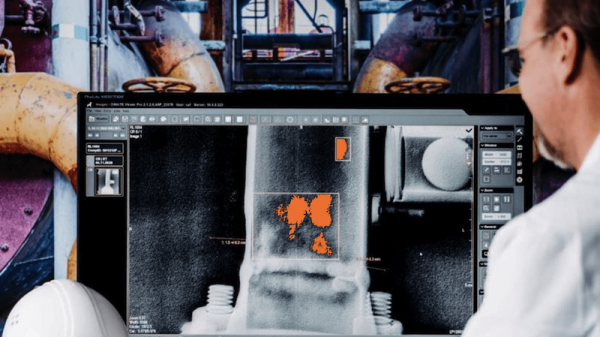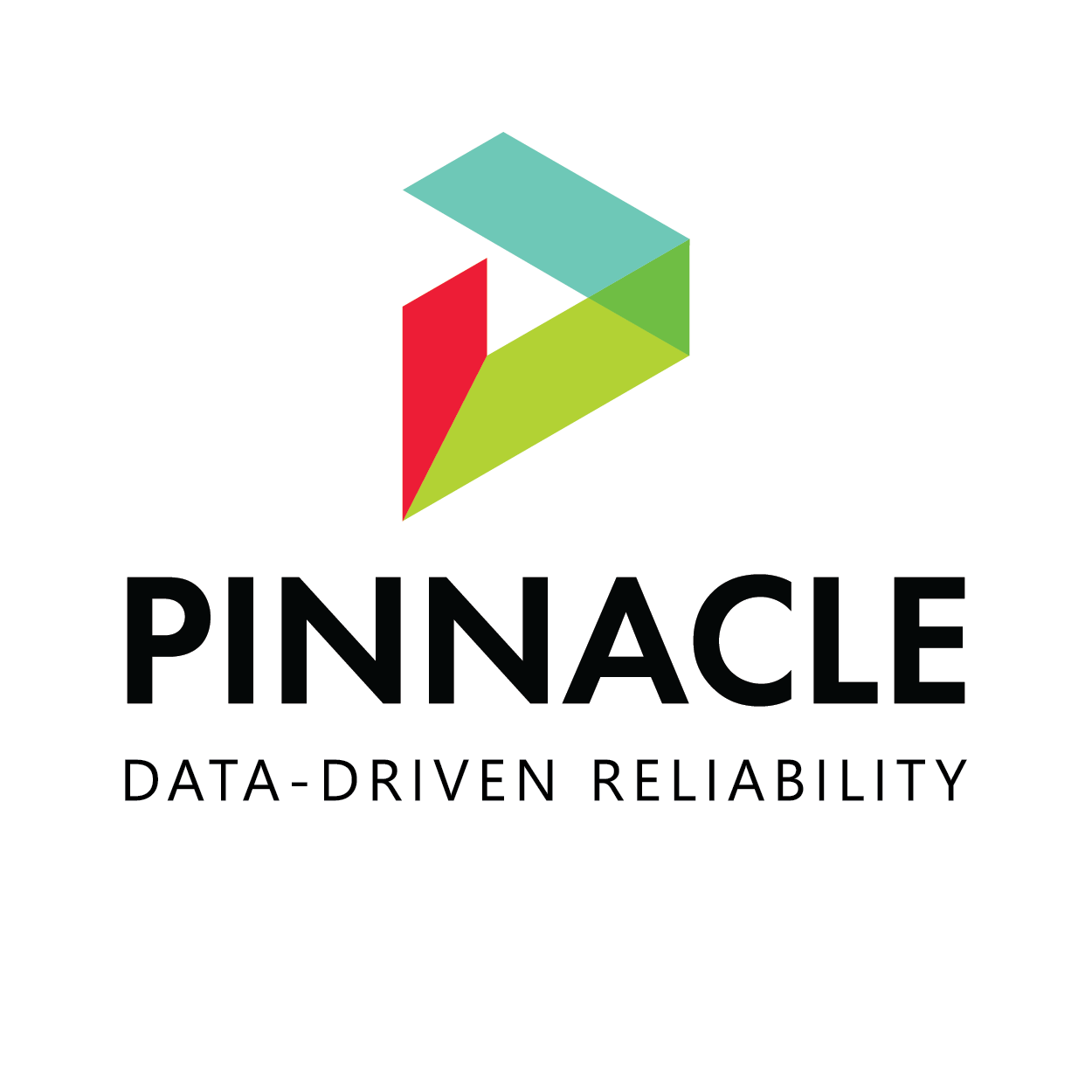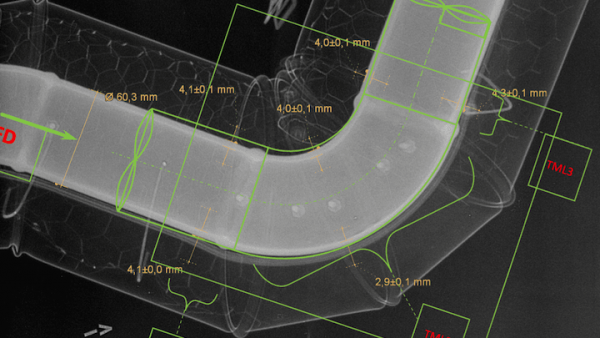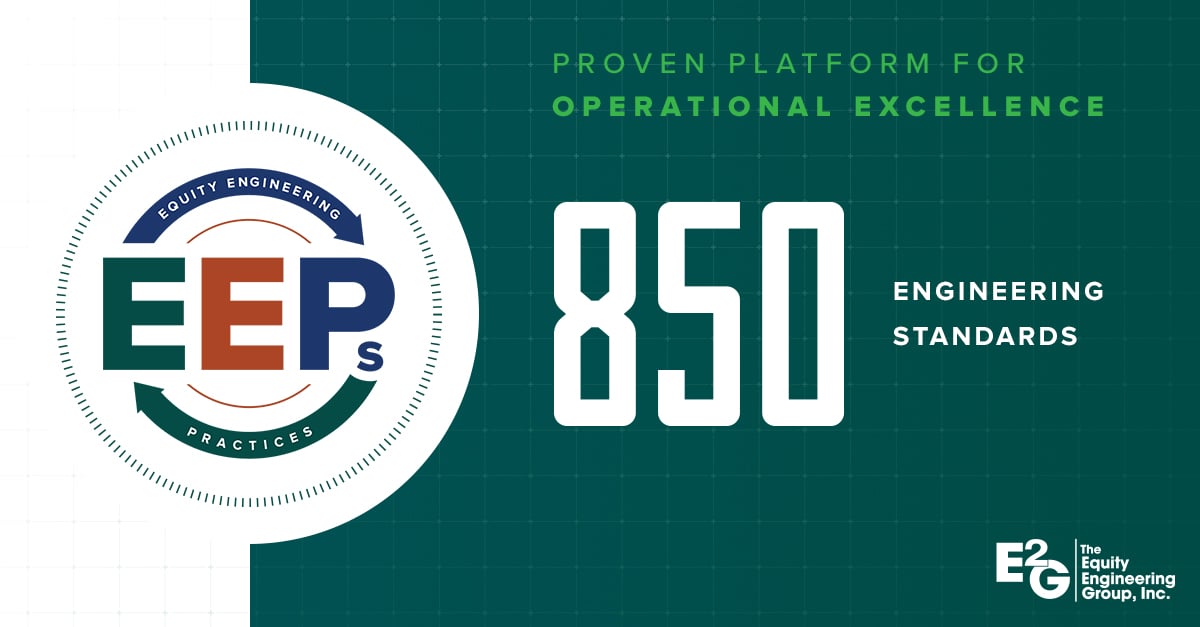The Asset Integrity Intelligence Blog
A collection of articles, insights, and opinions authored by industry experts.
Safety and reliability should not be at odds with one another; in fact, they contribute to one another’s success.
This article covers how costs can be reduced by automating NDT management systems by using software that integrates inspection methods and associated processes.
Learn how a new generation of electromagnetic technology is aiding offshore asset owners in managing corrosion issues within splash zones.
To assist professionals in obtaining CPD hours for API's recertification requirements, we have outlined three ways to earn CPD hours through Inspectioneering.
This edition takes a deeper look at the price paid within our industry when there is more rhetoric than solutions.
The key to unlocking the potential of AI in NDT is to implement the necessary technologies to digitize inspection workflows and create a structured digital database.
Pinnacle's data-driven reliability framework ensures the right data is fueling the right intelligence, helping you make confident, strategic decisions.
A look at how perspective, context, and motive are important considerations when approaching a project, initiative, or job.
Can individual personnel be at fault for an incident? Is it an issue with the systems in place? Or does the assignment of blame come down to convenience?
Processing renewable feeds presents a blend of damage mechanisms for which existing hydroprocessing equipment may not have been designed. No “one-size-fits-all” approach exists to evaluate all the specific degradation concerns for a renewables...
Our discussion centered on the evolution of AIM software over the past 30 years, providing insights and a unique perspective on the industry's development.
Maintaining the longevity and success of a reliability program requires evergreening, a continuous effort to keep processes up-to-date and relevant.
One of the most important aspects of FEMI management is to extend “stewardship” of assets beyond the work boundaries of those charged with fixed equipment.
Fatigue is interesting as a failure mechanism for many reasons. First off, it accounts for roughly 80% of industrial failures. Think about that for a second.
Data lakes are a powerful solution for storing and managing NDT data and inspection metadata. They allow for the centralization of large amounts of data that can be used as a valuable source of data for AI projects.
There is the official company culture, which is based on procedures, mission statements, corporate goals, etc. But there is another significant and sometimes governing source of culture that is unofficial.































